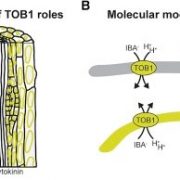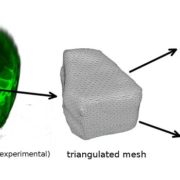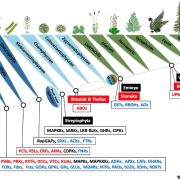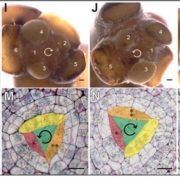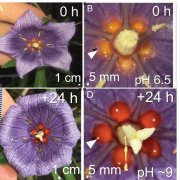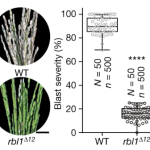Going against the botanical grain: Non-Fibonacci spirals in early land plants
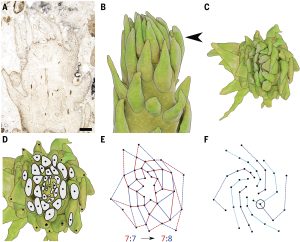 This study by Turner et al. looks at the patterns of leaf and sporangia arrangement in early leafy plant species, questioning the widely held idea that these structures follow the Fibonacci sequence. The researchers investigated fossilized remains from the Early Devonian period. To evaluate the spatial arrangement of leaves and sporangia in fossilized specimens, they used high-resolution imaging techniques, digital analysis, and mathematical modeling, which uncovered remarkable non-Fibonacci spiral patterns. This finding begs the question of what evolutionary variables influence plant growth and development. To explain the prevalence of non-Fibonacci spirals in early leafy plants, several possibilities have been advanced, including genetic variances, environmental factors, and the potential of unique development mechanisms in ancient plant lineages. More study and comparison studies are needed, however, to delve deeper into the fundamental mechanisms that drive spiral patterns in plant morphology. This study not only adds to our understanding of the development of leafy plants, but it also calls into question the prevailing wisdom about the ubiquity of Fibonacci spirals in natural structures and emphasizes the importance of gaining a more comprehensive knowledge of the principles that have guided plant growth and development throughout time. (Summary by Arpita Yadav @arpita_yadav_). Science 10.1126/science.adg4014
This study by Turner et al. looks at the patterns of leaf and sporangia arrangement in early leafy plant species, questioning the widely held idea that these structures follow the Fibonacci sequence. The researchers investigated fossilized remains from the Early Devonian period. To evaluate the spatial arrangement of leaves and sporangia in fossilized specimens, they used high-resolution imaging techniques, digital analysis, and mathematical modeling, which uncovered remarkable non-Fibonacci spiral patterns. This finding begs the question of what evolutionary variables influence plant growth and development. To explain the prevalence of non-Fibonacci spirals in early leafy plants, several possibilities have been advanced, including genetic variances, environmental factors, and the potential of unique development mechanisms in ancient plant lineages. More study and comparison studies are needed, however, to delve deeper into the fundamental mechanisms that drive spiral patterns in plant morphology. This study not only adds to our understanding of the development of leafy plants, but it also calls into question the prevailing wisdom about the ubiquity of Fibonacci spirals in natural structures and emphasizes the importance of gaining a more comprehensive knowledge of the principles that have guided plant growth and development throughout time. (Summary by Arpita Yadav @arpita_yadav_). Science 10.1126/science.adg4014



